Tiendas Departamentales Lotte (Casa Central) (롯데백화점 본점)
1.4Km 2024-05-17
Namdaemun-ro 81, Jung-gu, Seúl.
Teatro Nacional Jeongdong (국립 정동극장)
1.4Km 2021-12-28
Jeongdong-gil 43, Jung-gu, Seúl.
Caminando por el camino de las paredes de piedra del palacio Deoksugung, llegará al Teatro Nacional Jeongdong, que es un espacio cultural y artístico cercano a los ciudadanos de la zona. Fue inaugurado en el año 1995 bajo el objetivo de desarrollar y difundir el arte tradicional de Corea, introducir las actividades culturales en la vida cotidiana y fomentar la cultura artística en la educación. Durante un largo tiempo ha estado promoviendo una variedad de espectáculos de arte y facilitando a las personas que puedan disfrutar de él. Debido a estos esfuerzos y actividades que ha estado realizando el teatro, hoy en día, se ha ubicado como lugar tradicional y cómodo para apreciar las actuaciones.
Podrá disfrutar de las representaciones tradicionales permanentes y de las actuaciones exclusivas durante todas las épocas del año. El espectáculo tradicional permanente se estableció en el año 1995, y consta de las funciones de danza tradicional, interpretación musical de los instrumentos tradicionales, espectáculo de Samulnori, etc.
Especialmente en 2010, se lanzó “MISO”, la marca de los espectáculos permanentes, con el estreno del musical tradicional “Chunhyang Yeonga ("Historia de Amor de Chunhyang”), a fin de promocionar el valor y la belleza de la cultura coreana no solo a los turistas extranjeros sino también a todo el mundo. Recientemente, la segunda historia de MISO “Baebijangjeon” es apreciada tanto por los coreanos como por los extranjeros.
The Plaza (더 플라자)
1.4Km 2025-06-04
119, Sogong-ro, Jung-gu, Seoul
The hotel is ideally situated in the center of Seoul, located close to many office areas, major banks, the hotel, and the city's main public transportation junctions. Namdaemun Gate and many shopping areas are not too far, making it convenient for business guests and tourists alike. Also, the hotel faces the Blue House and the former City Hall building directly at closer distance, completing a spectacular view over Seoul.
Santuario de la Realeza Jongmyo (종묘) [Patrimonio Cultural de la Humanidad de la Unesco]
1.4Km 2023-08-28
Jong-ro 157, Jongno-gu, Seúl.
El Santuario de la Realeza Jongmyo era el lugar de adoración de los reyes de la dinastía Joseon. Fue construido cuando el primer rey de Joseon, Lee Seong-Gye (1335-1408) fundó la dinastía. El Santuario de la Realeza Jongmyo se encuentra registrado como Patrimonio Cultural de la Humanidad porque la tradición y las costumbres tales como los servicios de conmemoración y la música tradicional entre otros, se hallan muy bien preservados.
Frente a la entrada principal del Santuario el sendero se divide en tres. La senda del medio, levemente más elevada que los de los lados, era para el difunto rey; la senda del lado este, para el rey en el gobierno; y la del lado oeste, para el príncipe. El sendero central se conecta a Jeongjeon, y los senderos de los lados, a las habitaciones donde se preparaban para el servicio de conmemoración una vez que habían consumado la ablución. Después de la preparación adecuada del cuerpo y mente, el rey y el príncipe se trasladaban a Jeonsacheong. Jeonsacheong era el lugar donde se preparaba la comida para la ceremonia. Con un patio en el centro, el edificio de Jeonsacheong tenía la forma de un cuadrado. El edificio principal, Jeongjeon era donde se preservaban las lápidas mortuorias de los reyes anteriores y la sede de ejecución de las ceremonias de conmemoración. Solamente este lugar ha mantenido durante tan largo tiempo su tradición, pese a que la costumbre de celebrar la memoria de los monarcas exitosos se haya trasmitido originalmente desde China. Jeongjeon tiene 19 habitáculos y en cada uno se adora a los reyes de la Joseon. Dentro de una pared de Jeongjeon se halla el Gongsinjeong, donde se preservan los restos de los servidores más fieles al rey.
La música de los servicios conmemorativos del Santuario de la Realeza Jongmyo es el resultado armónico de los sonidos instrumentales, el canto, y las danzas que se han transmitido por 500 años. La melodía se logra en la misma forma que hace cinco siglos atrás. Entre las ceremonias completas, esta es la más antigua del mundo y tiene lugar cada primer domingo de mayo. Si está de viaje por Corea en esas fechas, puede ser una excelente oportunidad para observar la solemnidad y grandeza de una ceremonia tradicional tan antigua.
The Westin Josun Seoul (웨스틴 조선 서울)
1.4Km 2025-07-18
106, Sogong-ro, Jung-gu, Seoul
Centro de Información Turística de Myeong-dong (명동관광정보센터)
1.4Km 2023-01-16
Eulji-ro 66, Jung-gu, Seúl
El Centro de Información Turística de Myeong-dong ofrece servicio en inglés, chino y japonés. Asimismo, proporciona información sobre festivales, compras y conciertos en Seúl.
Myeong-dong (명동)
1.4Km 2025-05-13
Myeong-dong 2-ga, Jung-gu, Seúl
Myeong-dong recuerda a una ciudad de consumo masivo. Las calles de Myeong-dong se extienden por un área de casi 1 km a la redonda de la Estación de Myeongdong (línea 4 del metro) y llegan hasta el Centro Comercial Lotte en Eulji-ro. Toda clase de tiendas de marcas internacionales y centros comerciales se hallan diseminados en las calles y bulevares. Allí podrá comprar diversos tipos de productos tales como ropa, calzado y adornos para la vestimenta. Comparado con Namdaemun o Dongdaemun, en Myeong-dong hay numerosas marcas de alta calidad. Por ejemplo, los Centros Comerciales Lotte y Shinsegae y otros grandes almacenes como Myeong-dong Migliore, Noon Square, M Plaza, etc. Asimismo, tiendas de toda clase de marcas se esparcen sobre la calle principal y los bulevares secundarios.
Myeong-dong también tiene restaurantes familiares, de comida rápida y coreana, de comida occidental y japonesa. Entre los muchos restaurantes, los más recomendados son los especializados en chuletas de cerdo y el Myeong-dong kalguksu (fideos). Además de los restaurantes, hay numerosos lugares que prestan servicios de conveniencia como los salones de belleza, bancos, teatros, etc. La Iglesia Católica de Myeong-dong es una atracción turística especialmente famosa, pues se trata de la primera y principal edificación de la iglesia católica en Corea y fue construida al estilo gótico. Detrás de la Basílica se extiende un espacio abierto donde podrá relajarse.
Monte Inwangsan (인왕산)
1.5Km 2025-06-13
Okin-dong, Jongno-gu, Seúl
En el monte Inwangsan pueden encontrarse la zona de los rituales del rey Taejo y Muhakdaesa y la muralla fortificada construida para delimitar Seúl, que une el Túnel Sajik con Jahamun. Muchas personas disfrutan de la ruta de senderismo que comienza en el Túnel Sajik y avanza hacia el pico de la montaña, para después caminar al lado de la muralla y llegar a Buam-dong. Esta ruta de senderismo también está conectada con la carretera situada ante Cheong Wa Dae, por lo que los excursionistas pueden ver lugares históricos como el camino Palpan, el camino Hyoja, y el palacio Gyeongbokgung. La ruta de senderismo que transcurre por detrás del Parque Sajik se dirige a Hwanghakjeong, donde los arqueros de la dinastía Joseon demostraban su destreza. Hwanghakjeong estaba originalmente ubicado en el palacio Gyeongbokgung, pero fue trasladado a la montaña. Desde la cumbre puede disfrutarse de una vista panorámica de los alrededores, con el palacio Gyeongbokgung en el centro, que se extiende hasta los montes Naksan, Namsan y Baegaksan.
La ruta que bordea la muralla es popular entre montañistas que buscan disfrutar del bonito paisaje. Al seguir el sendero dentro de la muralla, aparecerán una serie de peldaños de piedra al pasar Changuimun. Tras subir estos peldaños, el sendero se bifurca hacia la parte exterior de la muralla. El sendero se alarga por 200 metros, hasta unas rocas que fueron usadas para construir castillos en tiempos de los reyes Taejo, Sejong y Sukjong. El oscuro musgo de estas rocas indica la larga historia de Seúl. El sendero también lleva al castillo Tangchundae, construido para fortalecer las defensas de la capital tras la invasión japonesa de 1592 y las incursiones manchúes de 1636.
El monte Inwangsan se eleva hasta los 338 m de altitud, cubriendo Honghe-dong, de Seodaemun-gu, y Muak-dong, Nusang-dong, Ogin-dong y Buam-dong de Jongno-gu. Las colosales formaciones rocosas y vistas de Seúl y de Cheong Wa Dae son algunos de los grandes encantos de esta montaña.
Residencia Gyeonggyojang en Seúl (서울 경교장)
1.5Km 2025-08-20
Saemunan-ro 29, Jongno-gu, Seúl
La Residencia Gyeonggyojang está situada en Pyeong-dong, Jongno-gu, Seúl. Se la considera un sitio histórico y solía ser una oficina y residencia hasta que Bakebeom Kim Koo, figura lider durante el gobierno provisional de Corea, fue asesinado el 26 de junio de 1949. La casa es uno de los tres sitios donde actividades sobre la fundación de un gobierno democrático tuvieron lugar, antes de que se estabilizase por completo.
Tiendas Departamentales Lotte (Sucursal de Avenuel) (롯데백화점 본점 에비뉴엘)
1.5Km 2024-02-20
Namdaemun-ro 73, Jung-gu, Seúl.
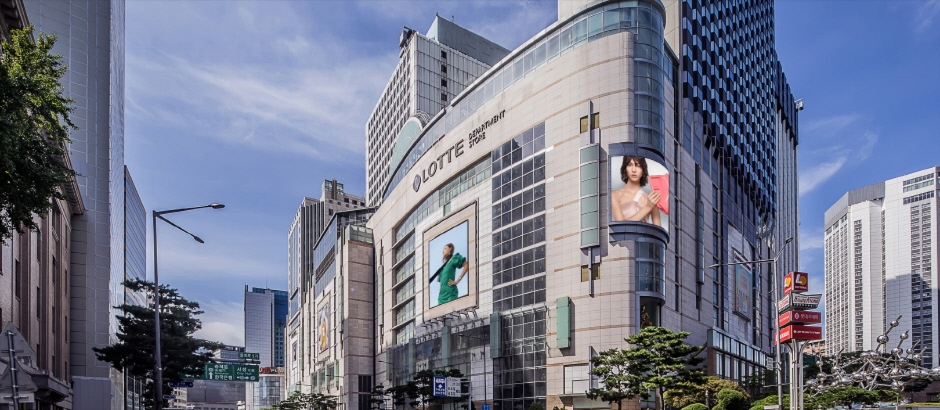
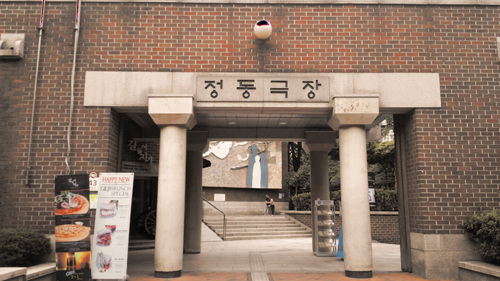

![Santuario de la Realeza Jongmyo (종묘) [Patrimonio Cultural de la Humanidad de la Unesco]](http://tong.visitkorea.or.kr/cms/resource/41/2678541_image2_1.jpg)
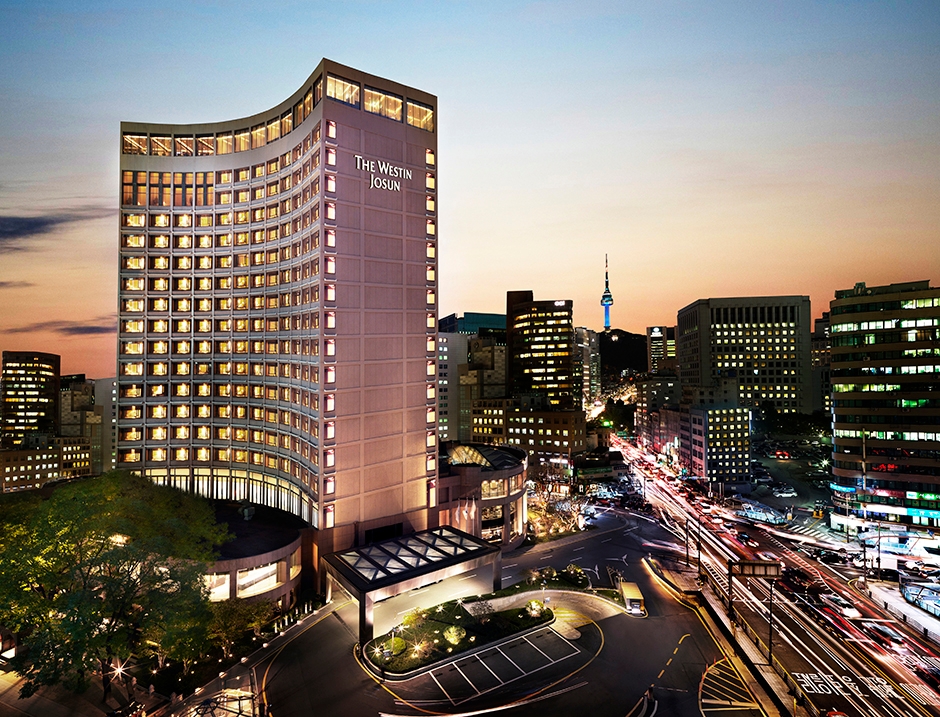
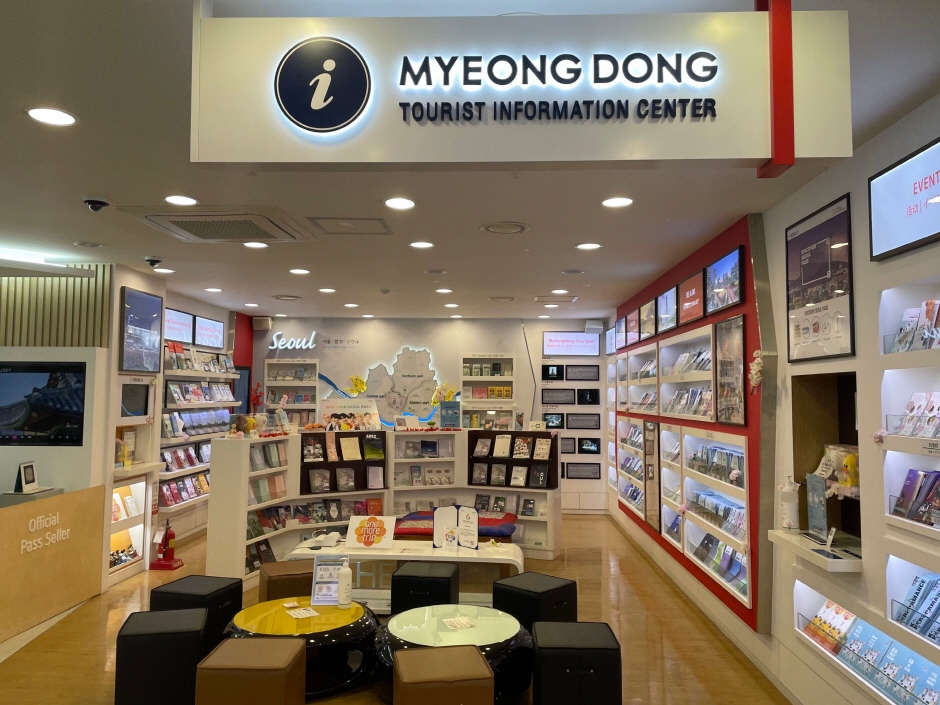
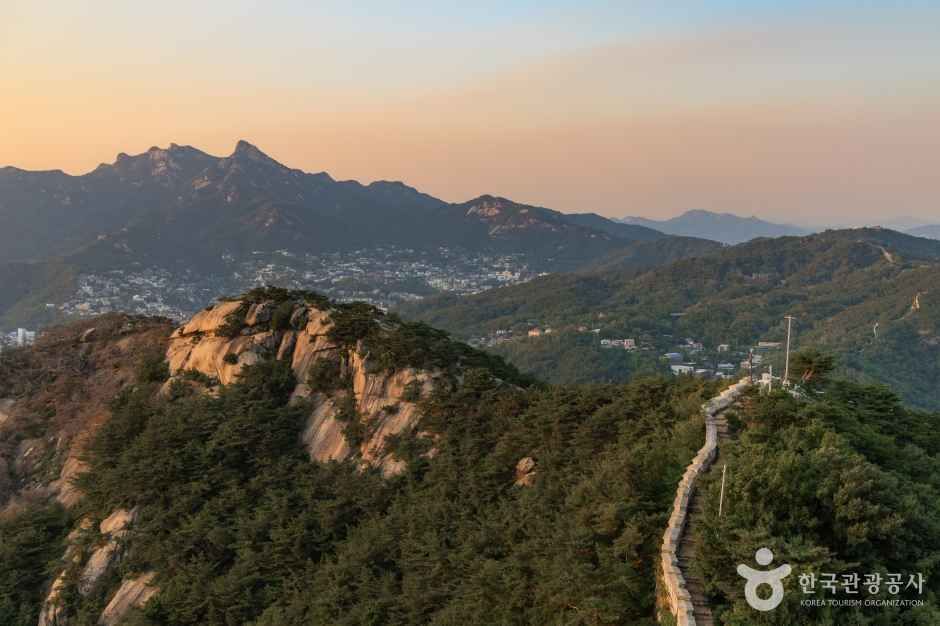
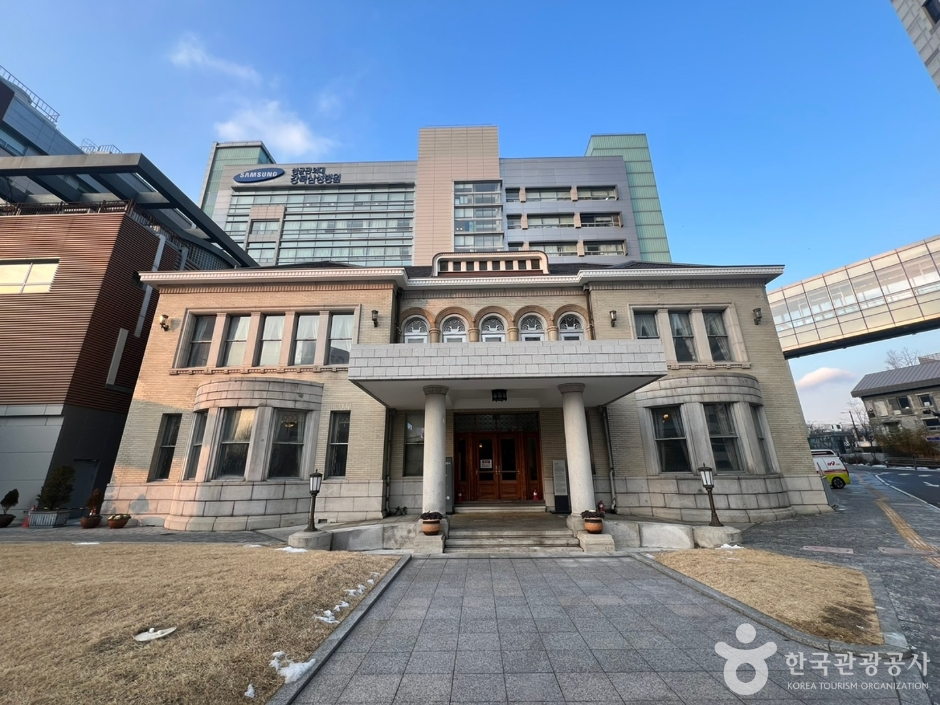
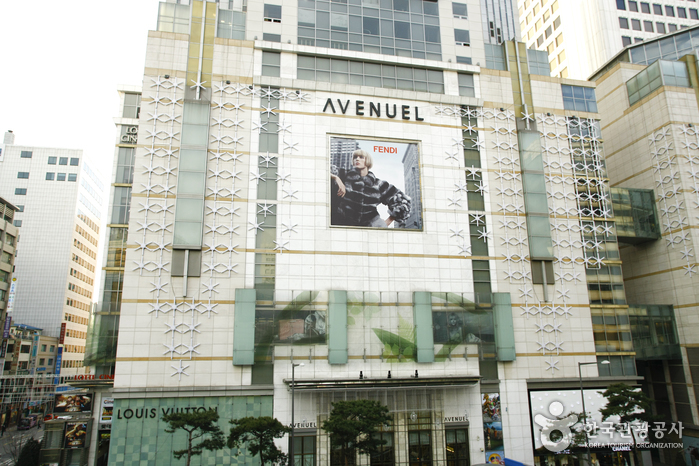
 Español
Español
 한국어
한국어 English
English 日本語
日本語 中文(简体)
中文(简体) Deutsch
Deutsch Français
Français Русский
Русский